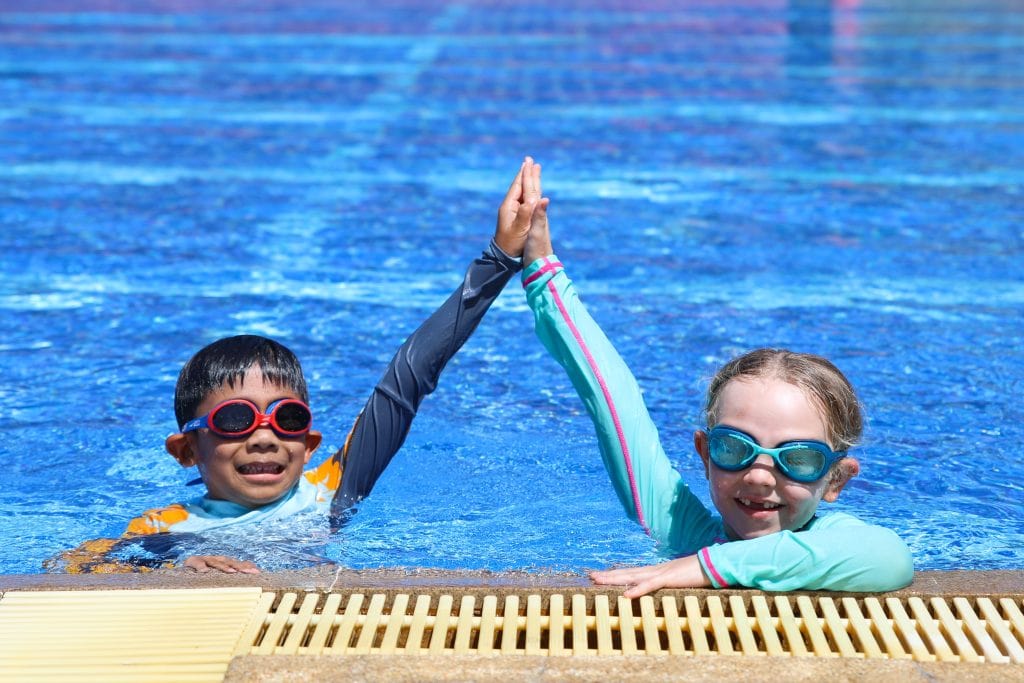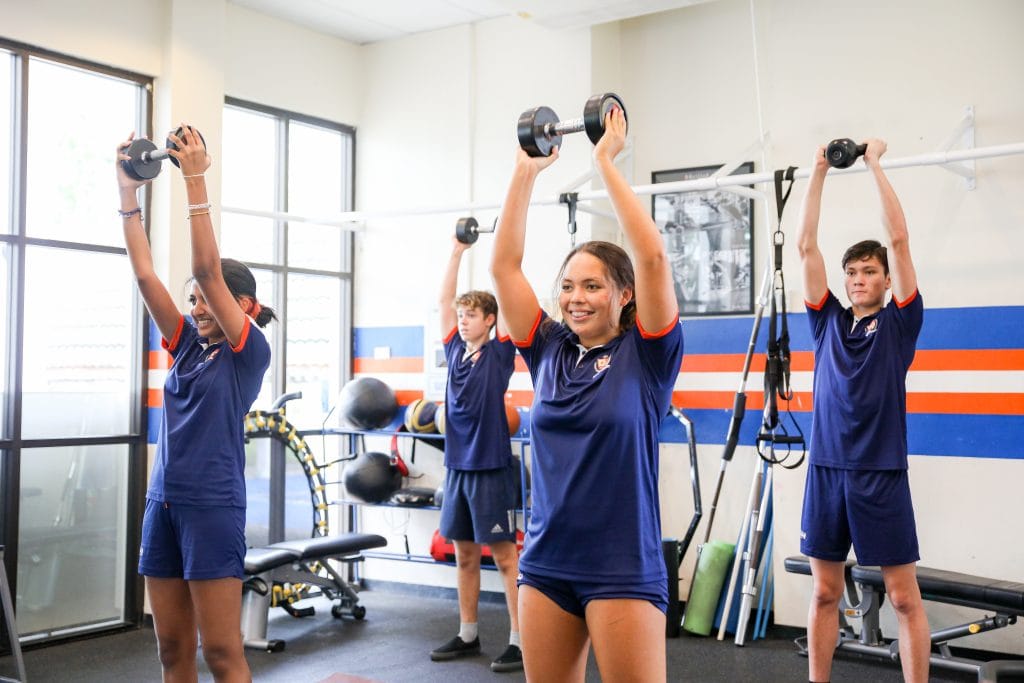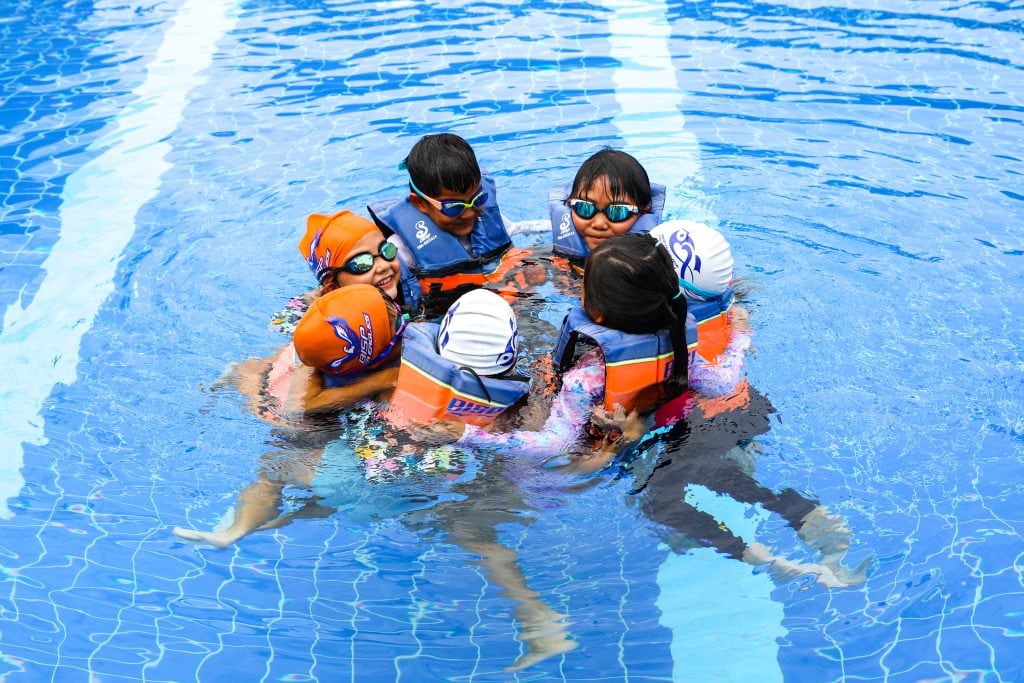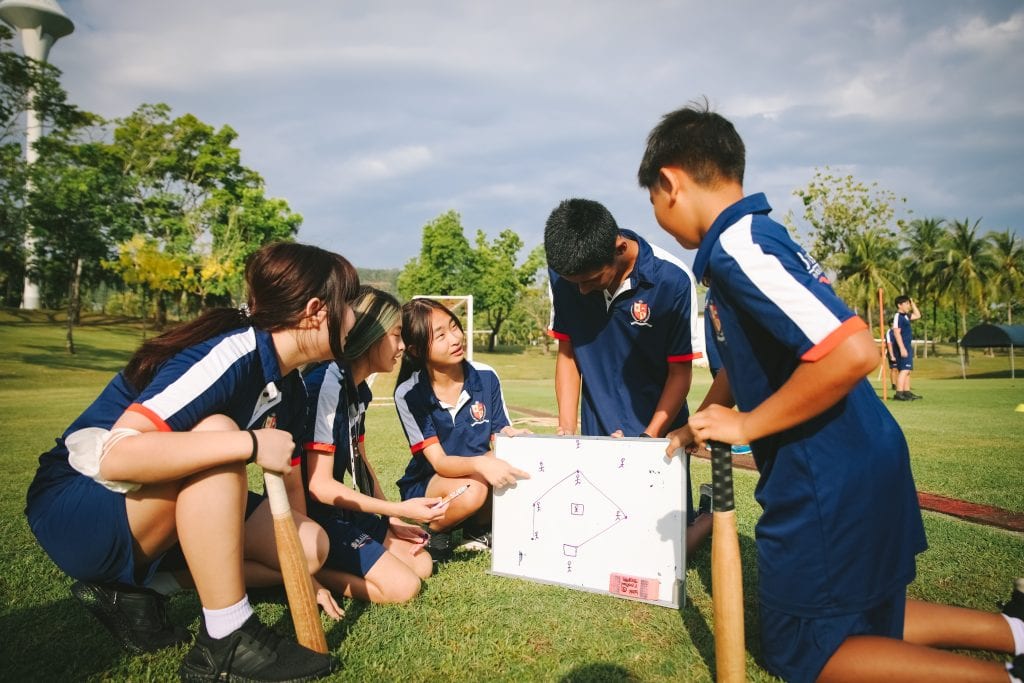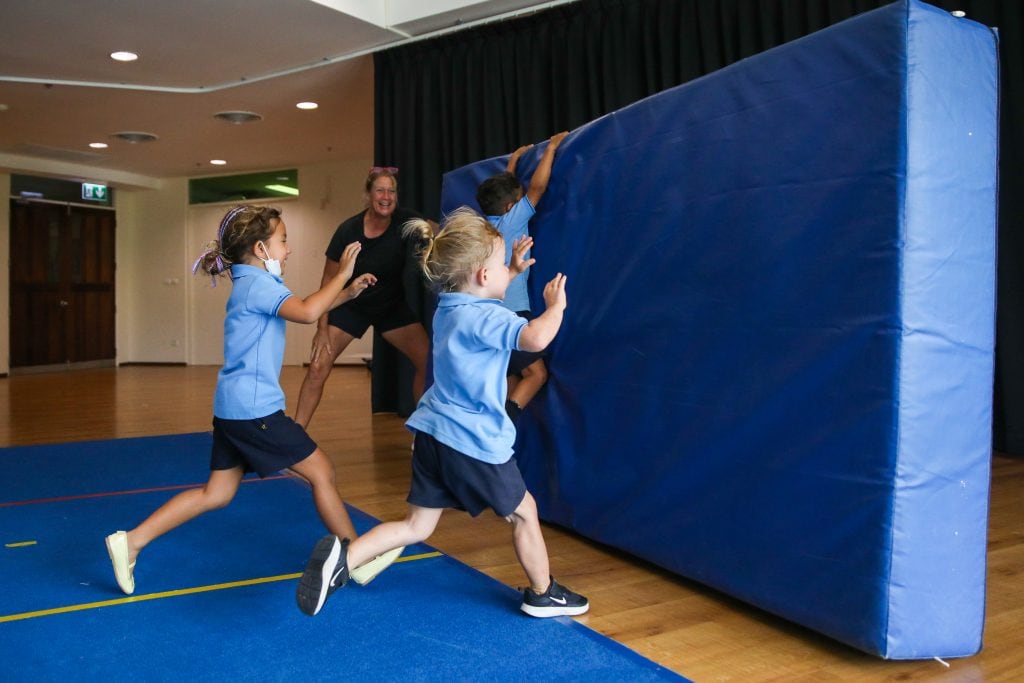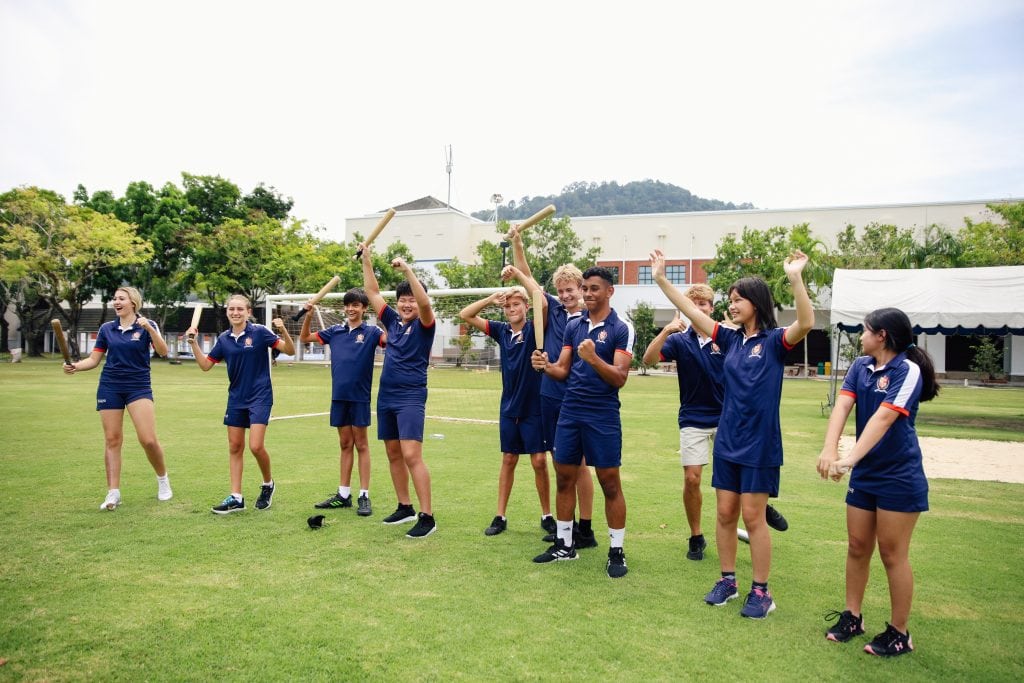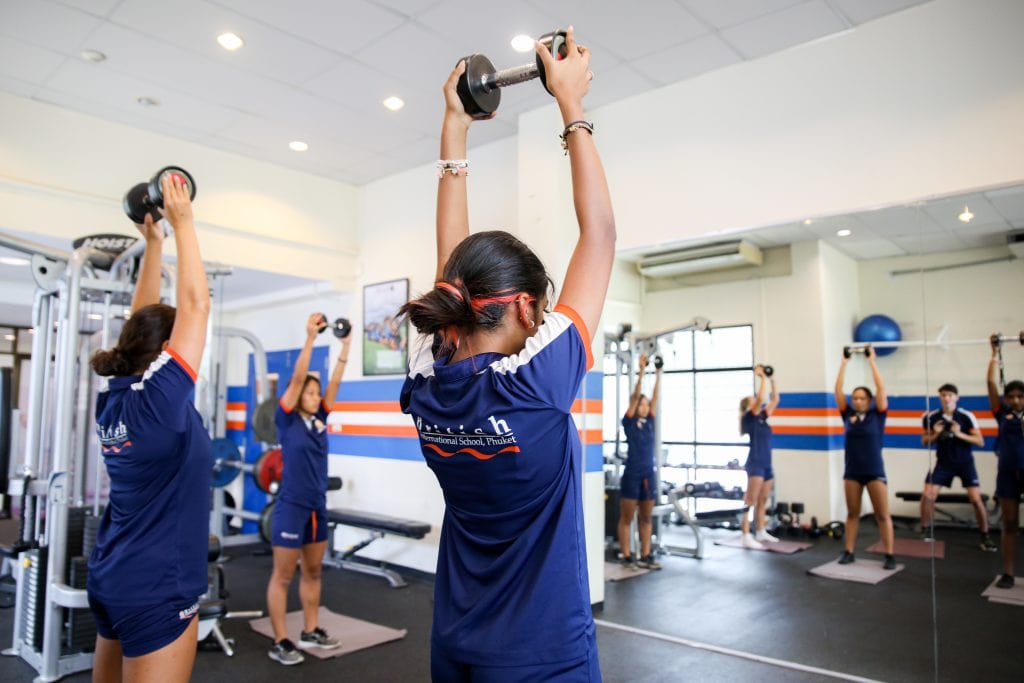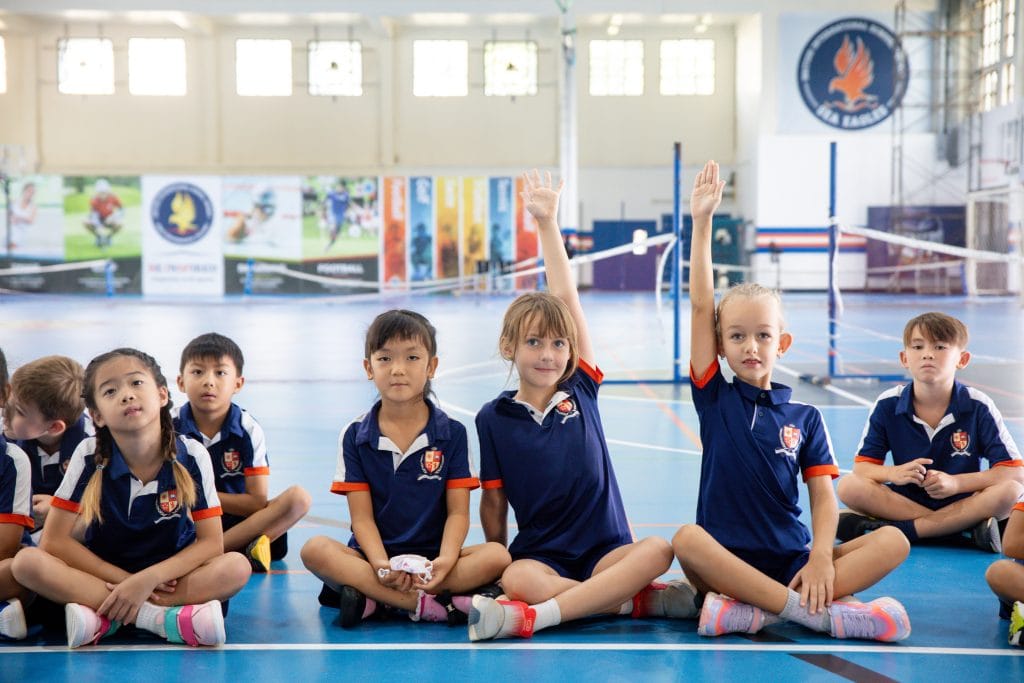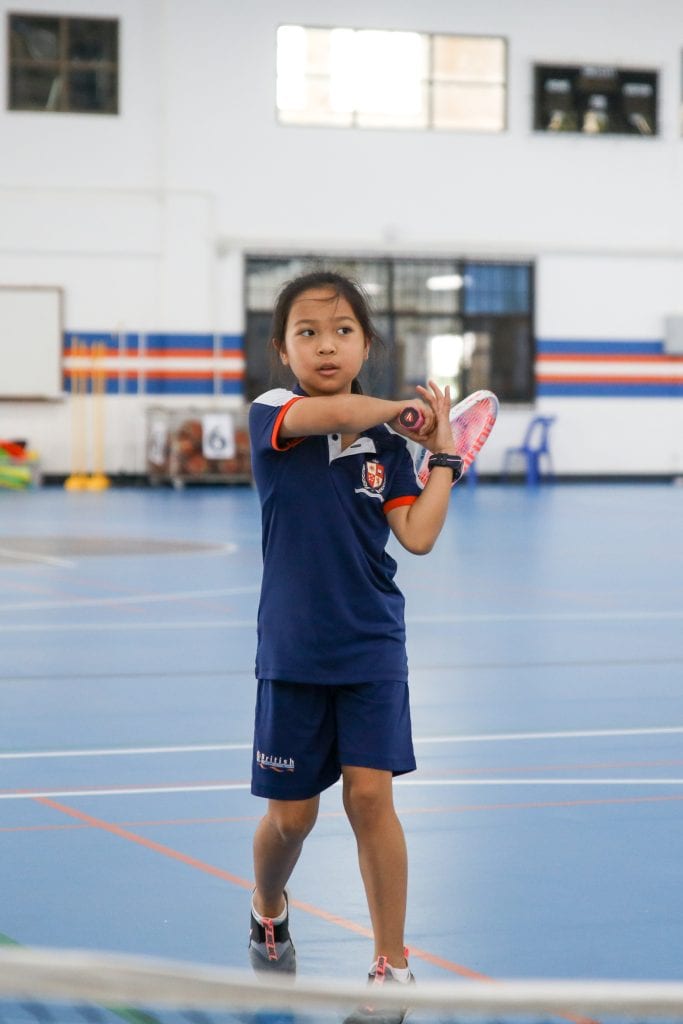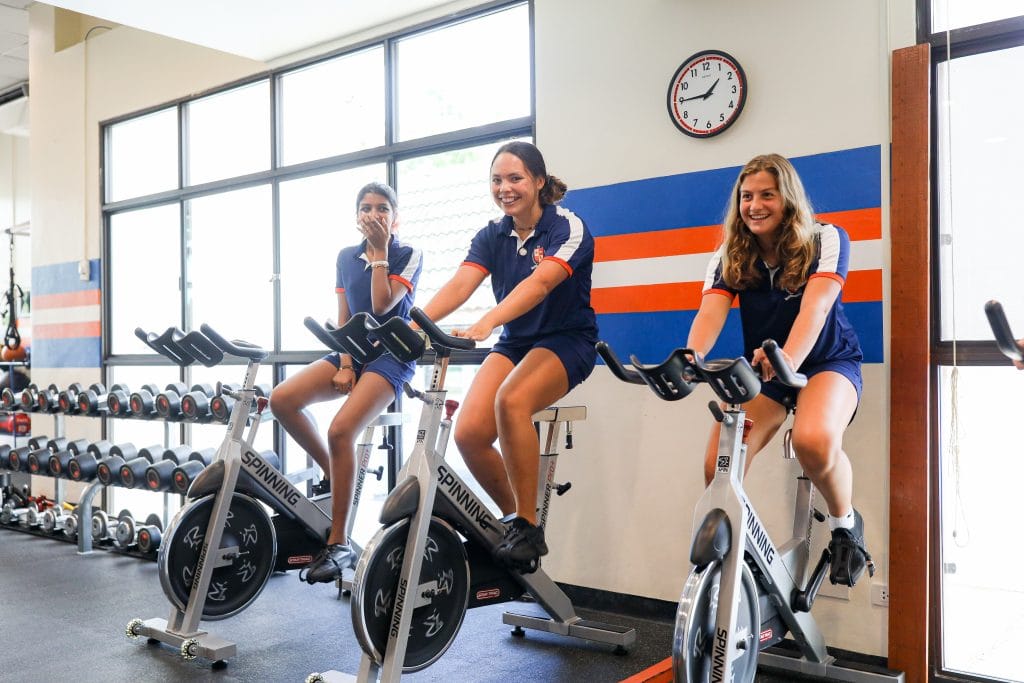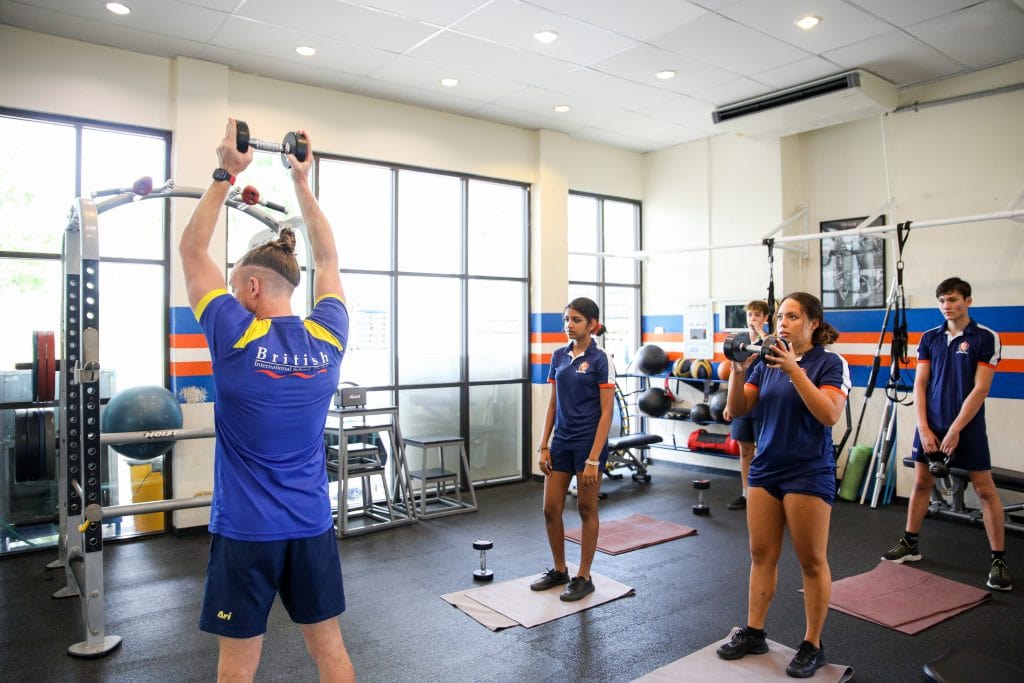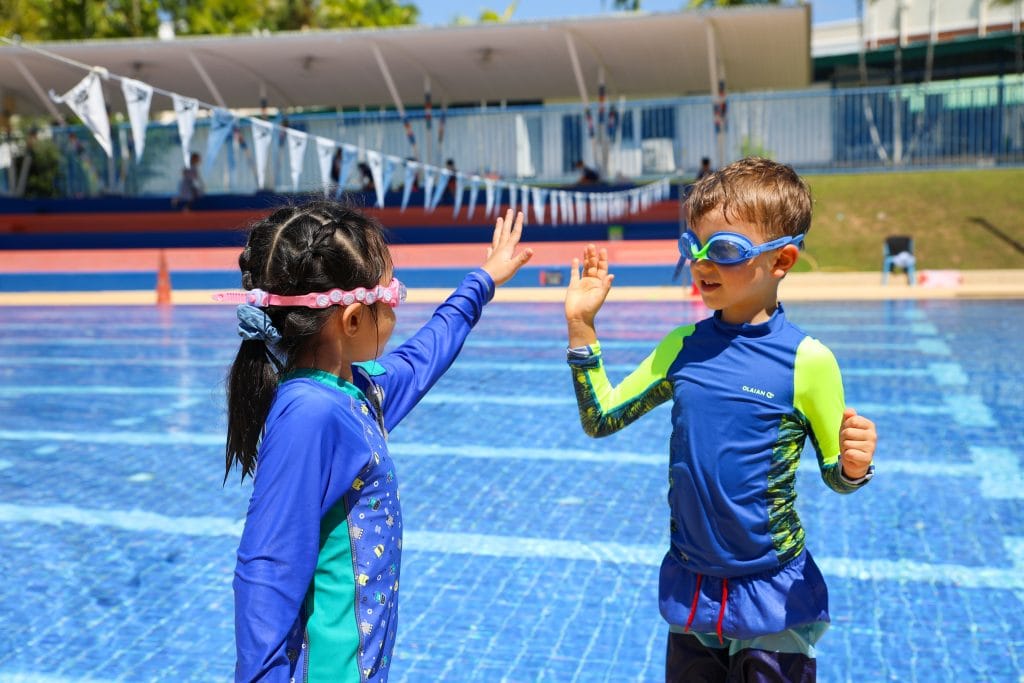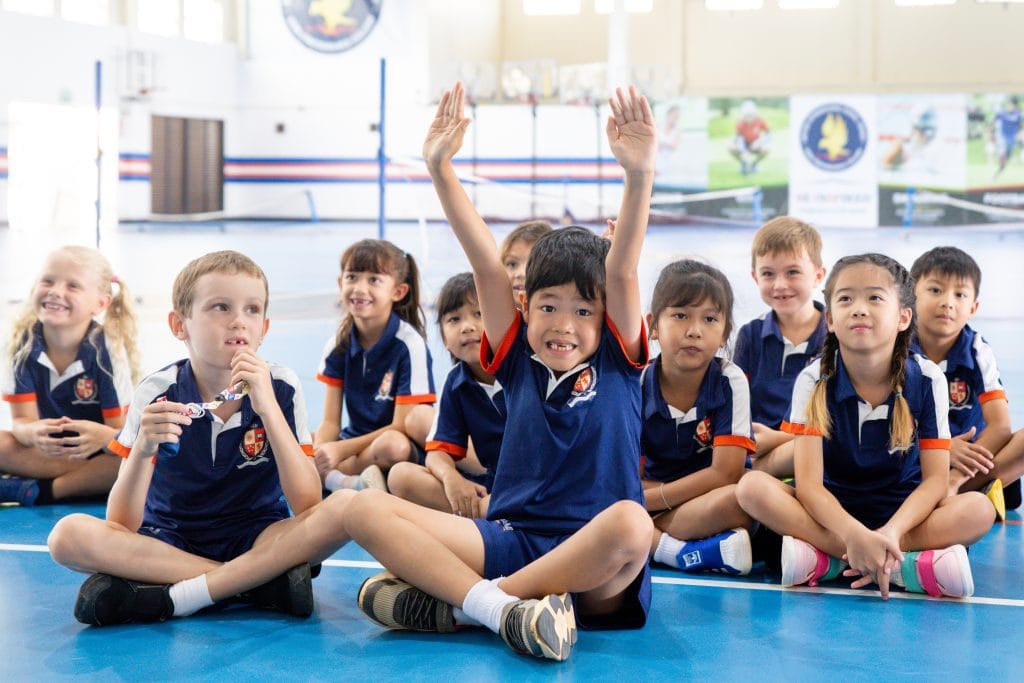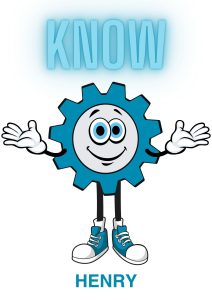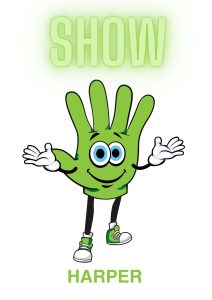The BISP Physical Education (PE) Department recently implemented a 2-week programme for students from Year 3 to Year 9 which focused on three areas of physical literacy and assessment in PE: Head, Heart and Hands. The project has been an introduction to the process of becoming physically literate in PE where our aim is for children to cultivate a passion for lifelong physical activity, and an awareness of the impact physical engagement can have on mind-set, wellbeing and the capacity to flourish. Students were introduced to the most current pedagogical thinking in Physical Education applied in an age-appropriate way to the three cornerstones of Head (cognitive application), Heart (character development) and Hands (physical application).
The Bigger Picture
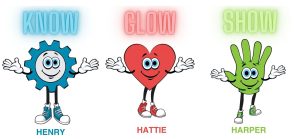
Physical Education has evolved. In a world which is becoming increasingly globalised and driven by the ubiquitous presence of technology, school PE has become much more than just running the fastest, team representation, or success in a narrow sports discipline. Every learning experience in PE now provides opportunities for the ‘whole-child’ to be developed – socially, physically, and cognitively – ensuring that both minds and bodies are positively engaged in play, exercise, and healthy habits that will continue in later life.
At BISP we recognise that PE is a crucial vehicle for developing the three main domains of learning, (physical, cognitive, and affective). In a world where lifestyles are increasingly becoming sedentary, with a higher value on automation, the teaching of Physical Education has an opportunity to re-energise (literally) tomorrow’s workforce through play, movement and physical exercise. At BISP we have a constant drive to review, reflect, and redesign the Physical Literacy curriculum to meet the needs of our students and motivate them to live a fuller and more active life.
The Head, Heart and Hands approach facilitates social, emotional, and cognitive development at every age and stage of learning. Students have a broad range of opportunities to develop their physical fitness and ability, but they are also required to routinely demonstrate their core values in action – physical strength is equal to character strength! They are expected to support one another with respect, integrity and compassion. They are required to coach and lead each other, to make independent or collaborative decisions, to analyse movement in detail, and to assess not only HOW someone performs but WHY they perform in that way. Students are expected to develop a deep sense of self and personal awareness, which recognises the strengths and weaknesses of performance, and considers the steps required to make further progress.
How do we do it?
The PE programme prioritises the development of physically literate students through the delivery of a personalised and innovative options programmes across age phases. The programme mirrors real-life and contemporary opportunities for exercise and physical activity, which appeal to the young mind and body. Student agency is highly valued – year groups are polled for opinion, feedback and ideas, to gather information on interest areas and what ‘motivates them to move’. Curriculum design is therefore fluid, flexible and responsive. A child’s STAGE rather than AGE is the antecedent for how learning looks and feels.
Peer and self assessment focuses on ‘process over outcome’, so that students recognise that Heart and Head analysis has equal value to physical prowess. Students are encouraged to ‘say it and when they see it’, when reflecting on their own and others’ performance and interactions. Students learn that they are ‘wired to move’, and that mind and body are inextricably linked. Learning is highly individualised and designed to elicit empathy and self-reflection. We teach children to embrace failure and to understand the neurological importance of not being able to do something ‘YET’.
Head:
Cognition, understanding, thinking skills, knowledge, problem solving, developing tactics and strategies, rules, ethics, and an understanding of health, fitness and the human body.
Heart :
Effort, character development, grit, resilience and the ability to ‘bounceback’. Respect for the rules, and for each other, leadership and communication, teamwork and communication and other traits crucial to collaborative work
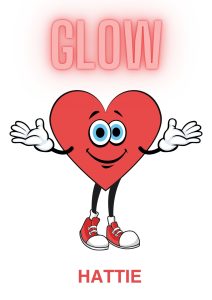
Hands:
Practical application of the knowledge and understanding acquired through physical literacy. Fitness levels, and execution of isolated skills and under pressure.
